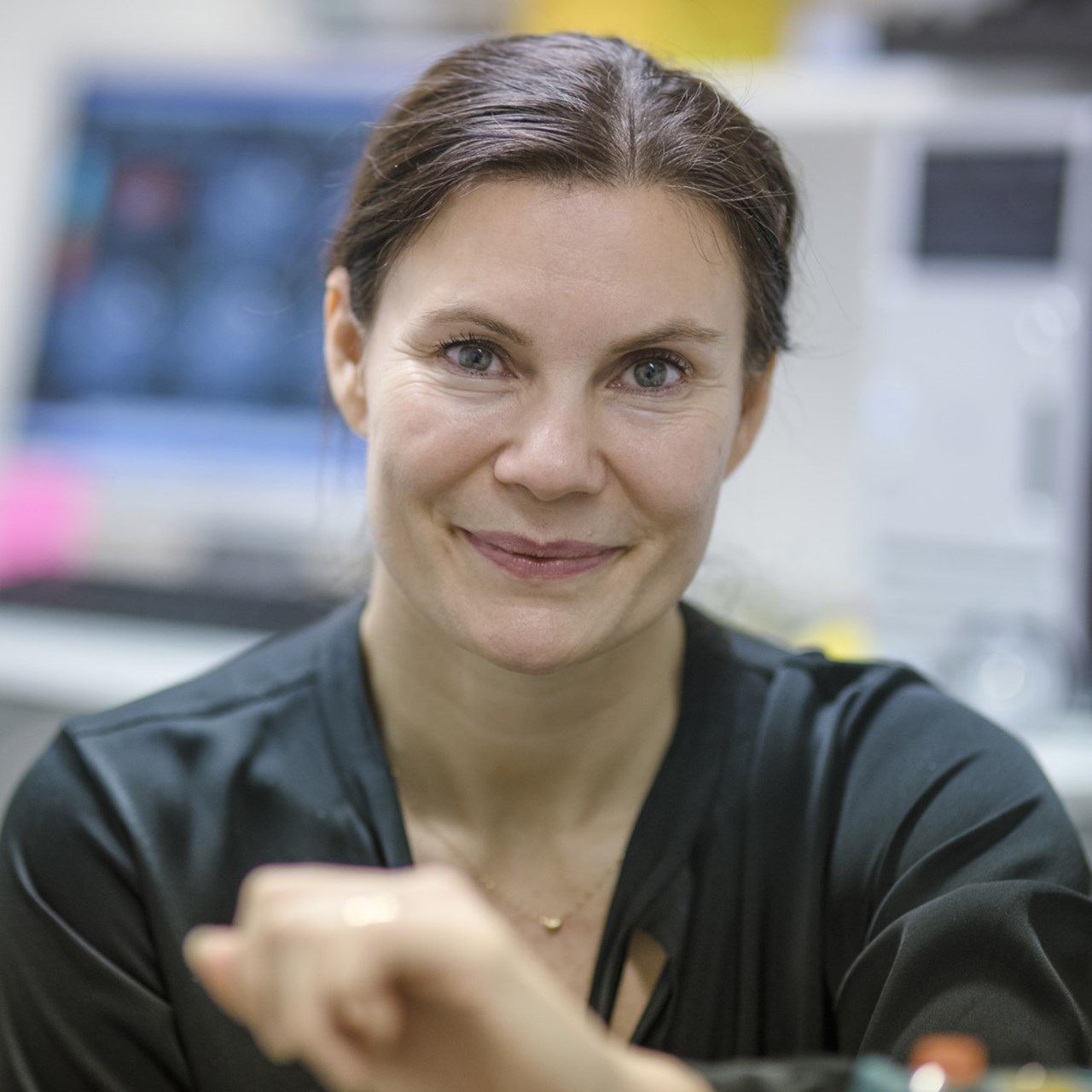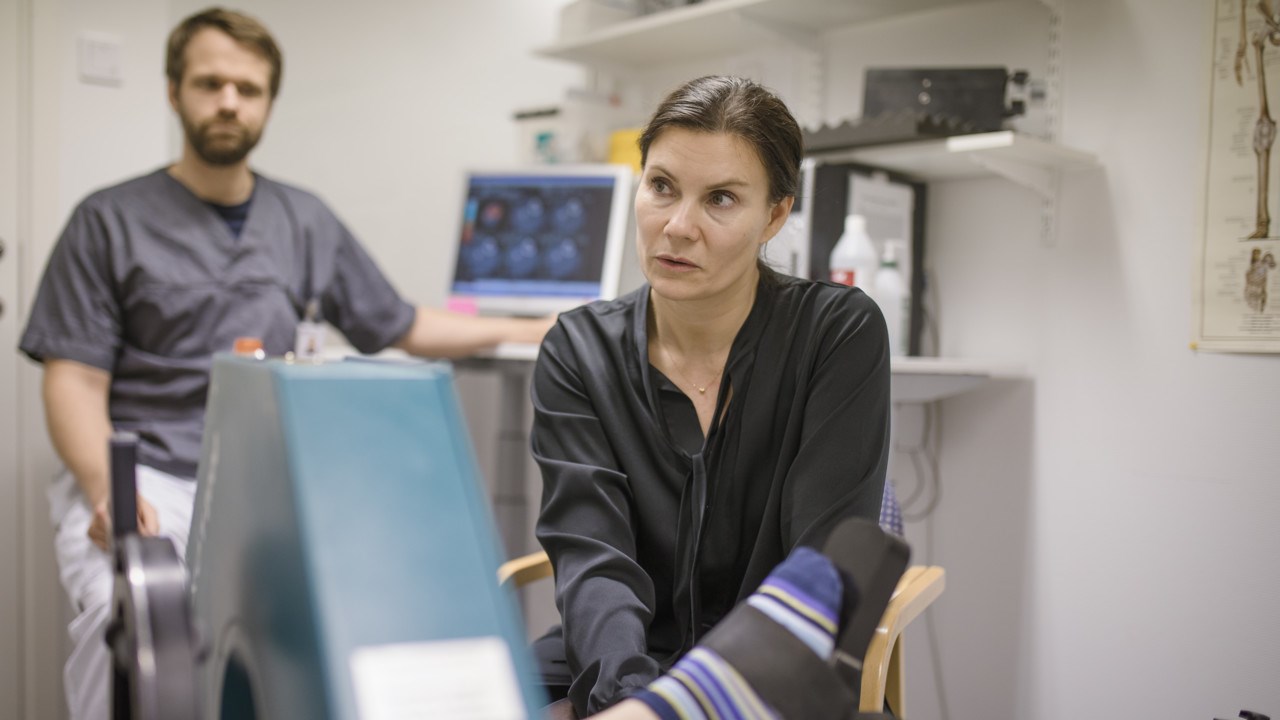
We need to prevent ill health – not patch up what’s already broken
PROFILE Although we live longer nowadays, we’re not healthier. Instead, we live a long life ridden with various diseases. Anna Nordström is hoping to find a remedy through health checks on 70-year-olds, and by giving exercise and preventive advice.



